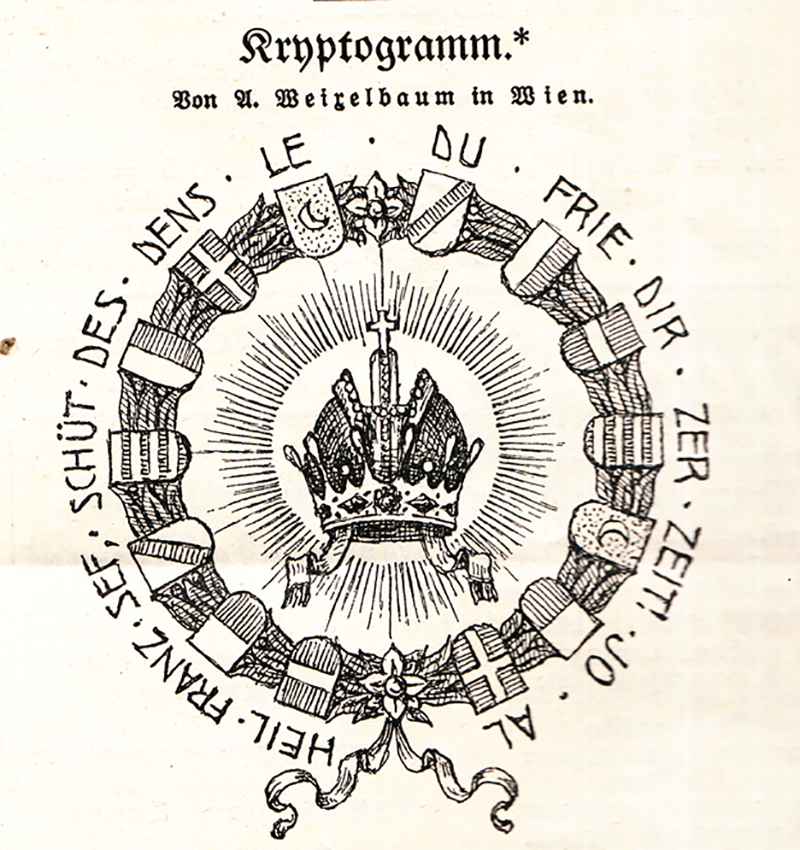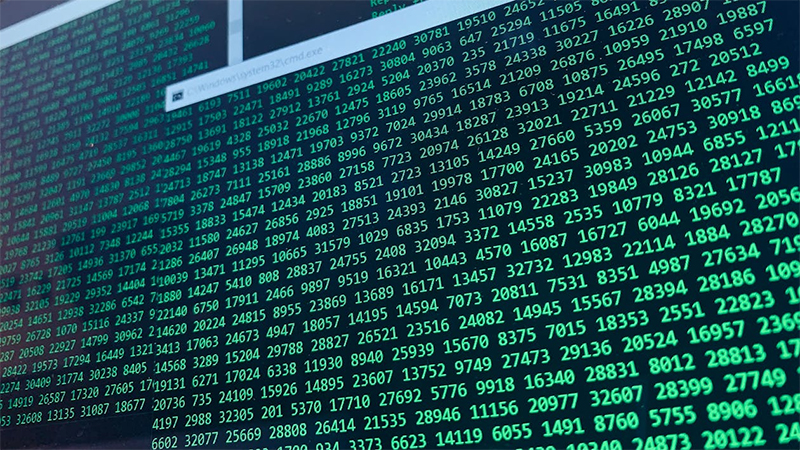Advancing Quantum Computing: MIT Researchers Propose Breakthrough in Code-Breaking Algorithm
Frontier technology with great potential to transform data encryption and cryptography, quantum computing keeps developing at a fast speed. Massachusetts Institute of Technology (MIT) researchers have developed a novel method to enhance quantum factoring algorithms, therefore bringing us closer to the possibility of quantum computers adept of cracking even the most intricate cryptographic encryption. Extending Shor’s and Regev’s techniques, the MIT team has created a more effective, noise-tolerant quantum circuit that could hasten the realization of useful quantum computing.
Development of the New Quantum Algorithm

Under the direction of Professor Vinod Vaikuntanathan and graduate student Seyoon Ragavan, the MIT research team has effectively combined two significant quantum computing developments to produce a more effective quantum factoring method. Their work combines the memory efficiency of Peter Shor’s original quantum factoring approach with the speed of Oded Regev’s just suggested method. By using the advantages of both methods, the new algorithm is more suited to manage the inherent noise in quantum systems and calls for less quantum building elements, often known as qubits. In the search for a useful quantum computer, this mix represents a major advance.
Mechanism of Quantum Factorization
The core innovation of the MIT algorithm lies in its use of Fibonacci numbers to compute large exponents, a process essential for factoring large integers. Traditional methods rely on squaring operations, which are not reversible and require significant quantum memory. Instead, the MIT researchers developed a method that uses reversible multiplication operations between two quantum memory registers, resembling a “ping-pong” game. This approach not only reduces the need for additional memory but also improves the circuit’s overall efficiency. Additionally, the team introduced an error correction technique to filter out corrupt results, ensuring that only accurate computations are processed, further enhancing the algorithm’s practicality.
Implications for Cryptography and Quantum Computing

The developments accomplished by MIT researchers have broad ramifications for quantum computing and cryptography going forward. They have moved the potential of breaching often-used encryption systems, like RSA, closer to reality by building a quantum circuit that is both memory-efficient and noise-tolerant. The team’s efforts mark a major turning point in the evolution of quantum computing, even although the present advances mostly apply to numbers bigger than 2,648 bits. As this technology develops, it might finally call for the development of fresh encryption techniques to guard private information in a quantum environment.
Impact on the Future of Quantum Research
This development in quantum factorization techniques emphasizes the need of multidisciplinary study in improving quantum technology. The creative approach of the MIT team to address challenging computational problems emphasizes the possibility of quantum computing to transform domains including data security, encryption, and beyond. Although the actual deployment of quantum computers able to crack encryption protocols is still to come, the advancement achieved by Vaikuntanathan, Ragavan, and associates gets us one step closer to achieving the whole potential of quantum computing. Future safe communication and data encryption will surely be shaped by these developments as scientists keep improving these methods.
In the realm of quantum computing, MIT researchers’ creative output marks a major breakthrough. Combining the capabilities of Shor’s and Regev’s algorithms has produced a more effective and noise-tolerant quantum factoring circuit, therefore bringing us closer to the time of useful quantum computers. The field of cryptography will probably change as this technology develops and new methods of data security in a quantum-driven environment will be required. The development of the MIT team provides evidence of the transforming power of quantum computing, thereby preparing the ground for next discoveries in this fast expanding discipline.
